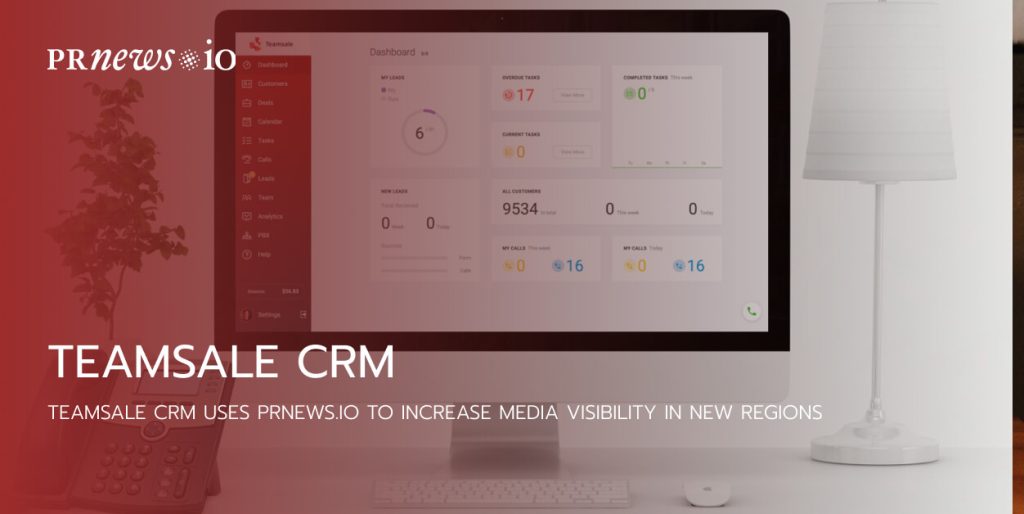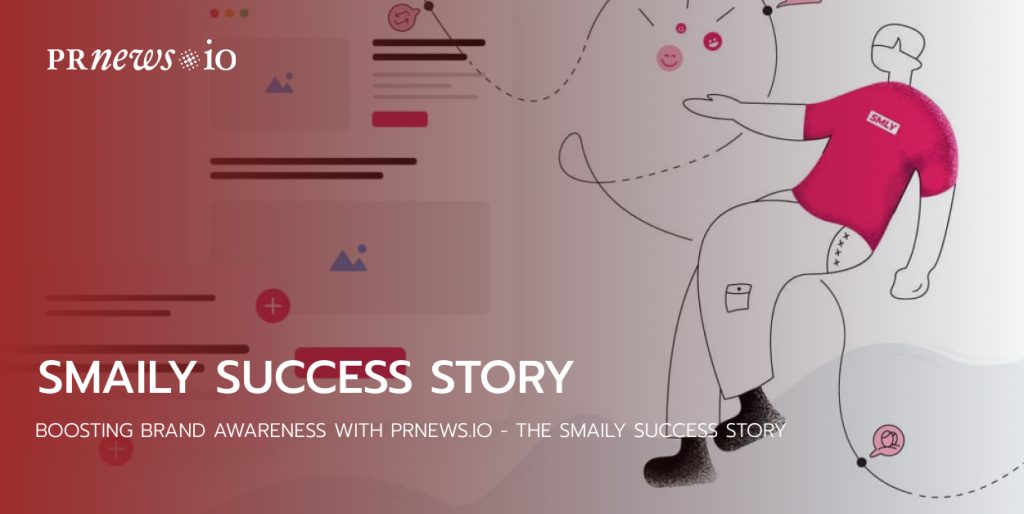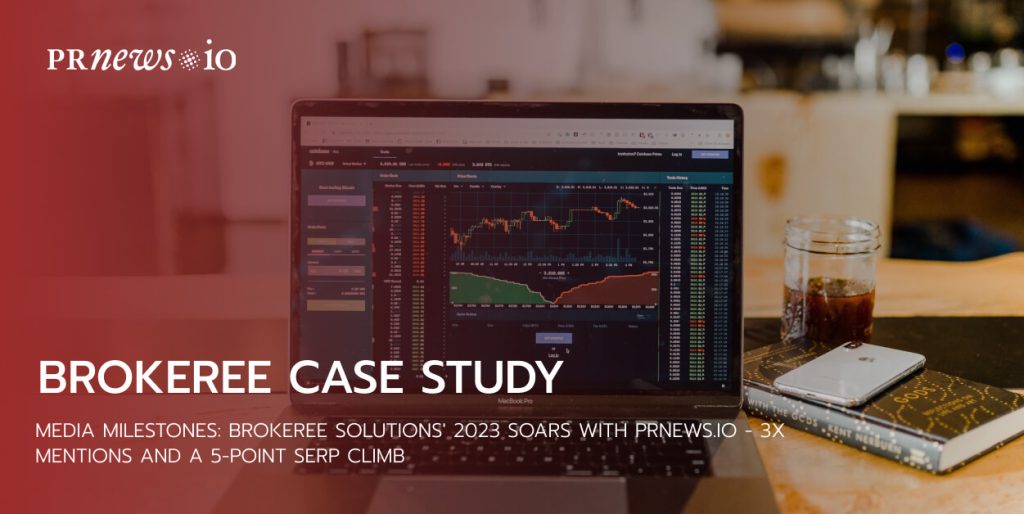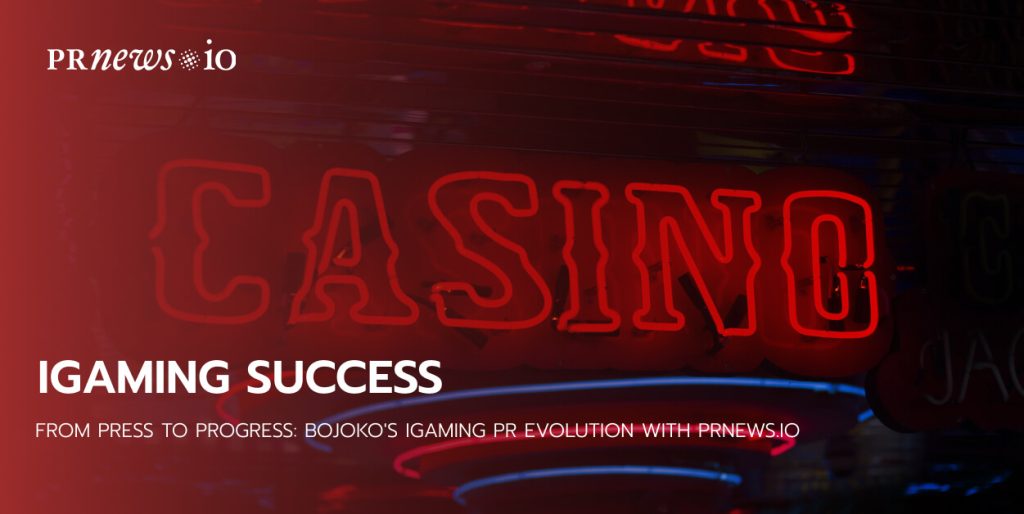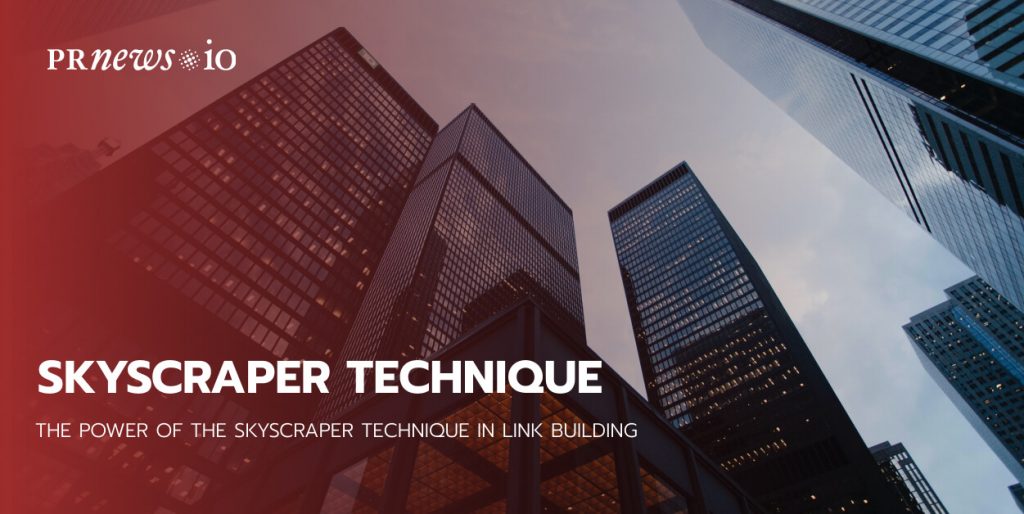
Today, we embark on a journey into one of the most potent and effective link building strategies: the Skyscraper Technique. If you’re seeking to not only enhance your website’s visibility in search engine results but also establish your online presence as an industry authority, you’re in the right place.
The world of SEO is a dynamic one, marked by constant algorithm updates, shifting consumer behavior, and evolving best practices. In this fast-paced environment, a robust link building strategy remains a cornerstone of any successful SEO campaign.
Whether you’re a seasoned SEO specialist looking to refine your skills or a newcomer eager to grasp the foundations of link building, this blog post is your roadmap to SEO success.
Understanding the Skyscraper Technique
The Skyscraper Technique, coined by digital marketing guru Brian Dean, revolutionized the way SEO specialists approach link building. Its inception was a response to the ever-growing demand for higher-quality content in the online landscape. Brian’s inspiration came from the idea that much like skyscrapers in a city skyline, your content should aim to be the tallest, most impressive, and visible in your niche.
The concept is elegantly simple: find existing content that performs well in your niche, create something even more valuable, and then reach out to those linking to the original content, suggesting they link to your superior piece instead. It’s about taking what’s already successful and making it even better.

Key Principles
1. Quality Content
At the heart of the Skyscraper Technique lies the commitment to crafting high-quality content. This isn’t merely about word count; it’s about creating something genuinely valuable, informative, and engaging. Your content should be well-researched, user-friendly, and visually appealing. Quality is not negotiable.
2. Identifying Link-Worthy Topics
Successful implementation of the Skyscraper Technique begins with identifying topics that are genuinely link-worthy. This involves thorough research to determine what your target audience is searching for and what’s missing in existing content. Look for gaps and opportunities that allow your content to stand out.
3. Outreach and Promotion
Creating exceptional content is only half the battle. The other half is getting it in front of the right audience. Outreach and promotion are key pillars of the Skyscraper Technique. Effective outreach involves reaching out to the webmasters and content creators who linked to the original content you improved upon. Your outreach should be personalized and persuasive, highlighting the value your content offers. Promotion strategies might include leveraging social media, email marketing, and collaborations with influencers.
Benefits of the Skyscraper Technique
Implementing the Skyscraper Technique can yield a multitude of benefits for your website and SEO efforts. By consistently creating superior content in your niche, you establish yourself as an authority, making it more likely for others to trust and link to your content.
Unlike some short-term SEO tactics, the Skyscraper Technique focuses on long-term, sustainable growth by creating content that continues to attract links and traffic over time.
Market Research and Competitor Analysis
Before embarking on your Skyscraper link building journey, it’s crucial to gain a deep understanding of your market and analyze your competitors.
Who are you trying to reach, and what are their interests and pain points?
Study your competitors’ content strategies. What topics are they covering? What seems to be working for them? Are there gaps in their content that you can fill with your Skyscraper content?
Stay informed about the latest trends and developments in your industry. Knowing what’s currently relevant can help you choose topics that resonate with your audience.
Keyword Research and Topic Selection
Keyword research is the cornerstone of effective SEO and Skyscraper link building. Use keyword research tools to identify relevant keywords and phrases related to your niche. Look for keywords with decent search volume and manageable competition.
Once you have a list of keywords, choose topics that align with these keywords. Focus on topics that are not only relevant but also have the potential to generate interest and backlinks.
Consider various content formats to diversify your content portfolio and cater to different audience preferences. Popular formats include:
- Long-Form Blog Posts: In-depth articles that provide comprehensive information.
- Infographics: Visual representations of data and information.
- Videos: Engaging visual content that can be hosted on platforms like YouTube.
- Guides and eBooks: Comprehensive resources that offer value to your audience.
Dealing with Rejections and No-Responses
Even the most well-crafted Skyscraper content won’t always guarantee success in link building. Rejections and no-responses from outreach efforts are common challenges. Here’s how to handle them:
Don’t be discouraged by rejection or non-responsiveness. It’s part of the process. Persistence can pay off, as a follow-up email or a slightly different outreach approach may yield better results.
Take the time to analyze why your outreach was rejected or ignored. Was your email not personalized enough? Did your content not match the website’s theme? Use this feedback to refine your strategy for future outreach.
Don’t rely solely on one outreach strategy or set of prospects. Diversify your outreach efforts by targeting a wide range of websites and influencers in your niche.
Measuring the Success of Skyscraper Link Building
Measuring the success of your Skyscraper link building campaign is essential to gauge its impact and identify areas for improvement. Here are the key performance indicators (KPIs) to monitor:
Backlink Quantity: Keep track of the number of backlinks acquired through your Skyscraper campaign. The more high-quality backlinks you earn, the better your campaign’s performance.
Backlink Quality: Quality is just as important as quantity. Assess the authority and relevance of the websites linking to your content. High-authority and niche-relevant backlinks are more valuable.
Organic Traffic: Monitor changes in organic search traffic to the page containing your Skyscraper content. A significant increase in organic traffic is a positive sign that your content is ranking well and attracting visitors.
Ranking Improvements: Check the search engine rankings of your Skyscraper content for target keywords. Improved rankings indicate that your content is becoming more visible in search results.
Referral Traffic: Examine the amount of traffic coming from the websites that have linked to your Skyscraper content. Referral traffic demonstrates the effectiveness of your backlinks in driving visitors to your site.
Social Shares: Count the number of social shares your Skyscraper content receives. High social engagement can amplify your content’s reach and indirectly contribute to SEO success.
Conversion Rate: If the goal of your Skyscraper campaign is to generate leads or sales, track the conversion rate of the traffic driven by your content. This helps determine its impact on your business goals.
Bounce Rate: Analyze the bounce rate of the page housing your Skyscraper content. A high bounce rate may indicate that visitors are not finding what they expected, suggesting a need for content improvements.
Time on Page: Measure how long visitors spend on your Skyscraper content. Longer time on page often indicates that your content is engaging and informative.
Domain Authority (DA): Keep an eye on changes in your website’s overall domain authority. Successful Skyscraper campaigns should contribute to an increase in your site’s DA over time.
Conversion Funnel Tracking: If your Skyscraper content is part of a conversion funnel, use analytics tools to track users’ progression through the funnel, from initial engagement to conversion.
Email Open and Response Rates: If outreach is a crucial part of your Skyscraper strategy, monitor the open and response rates of your outreach emails. Improving these metrics can enhance your link-building success.
ROI (Return on Investment): Calculate the ROI of your Skyscraper campaign by comparing the cost of creating and promoting the content to the value it generates in terms of increased traffic, leads, or sales.
Competitor Benchmarking: Compare your KPIs to those of your competitors to assess your campaign’s performance relative to industry benchmarks.
Regularly monitoring these KPIs will help you evaluate the effectiveness of your Skyscraper link building efforts and make data-driven decisions to optimize your strategy. Adjust your approach based on the results to continually improve your SEO and content marketing efforts.
Avoid Black Hat Techniques
Ethical conduct is paramount in SEO and link building. To maintain a reputable online presence and adhere to search engine guidelines, avoid engaging in any black hat techniques, such as:
Keyword Stuffing
Refrain from overloading your content with keywords to manipulate search rankings. Instead, focus on natural, user-friendly language.
Cloaking
Presenting different content to search engines and users is deceptive and against best practices.
Link Farms
Avoid participating in or creating link farms, which are networks of websites designed solely for link exchange.
Duplicate Content
Do not duplicate content from other sources, as it can lead to penalties and damage your credibility.
Hidden Text or Links
Concealing text or links for the purpose of manipulation is unethical and can result in penalties.
Honesty and Transparency in Outreach
When conducting outreach as part of your Skyscraper link building strategy, prioritize honesty and transparency:
Clearly communicate your intentions when reaching out to webmasters and influencers. Let them know why you believe your content would be valuable to their audience.
Represent your content accurately. Avoid exaggerations or misleading claims about the value or uniqueness of your content.
Show genuine interest in the websites you’re reaching out to. Personalize your outreach emails and explain why their site is relevant to your content.
If you follow up on outreach emails, do so respectfully and without undue pressure. Acknowledge that not everyone may be interested in your content.
Respecting Intellectual Property Rights
Respecting intellectual property rights is not only ethical but also legally essential. Here’s how to do it:
Original Content
Always create original content or use content for which you have proper rights or licenses. Plagiarism is unethical and can lead to legal issues.
Proper Attribution
If you use third-party content, give proper attribution and follow the terms of any licenses associated with that content.
Copyright Compliance
Familiarize yourself with copyright laws and adhere to them when using images, videos, or other media in your content.
Permissions and Licensing
Seek permission or licensing for any content that you do not own or that isn’t in the public domain.
Fair Use
Understand the concept of fair use in copyright law and apply it judiciously if you plan to use copyrighted material.
Content Marketing Platform
- 100,000+ media publications;
- get backlinks to your product;
- scale work with content distribution.
- Advantages of Link Earning Over Traditional Link Building
- Unlinked Brand Mentions: Harnessing Their Potential
- Understanding the Importance of a Natural Link Profile
- Navigating the Landscape of Link Farms: What You Need to Know
- The Art of Effective Link Bait: Crafting Content that Attracts and Converts
- How to Use Ego Bait Content to Attract Links
- SEO Reciprocal Linking: Help or Harm
- Tiered Link Building: A Strategic Approach To SEO Success

